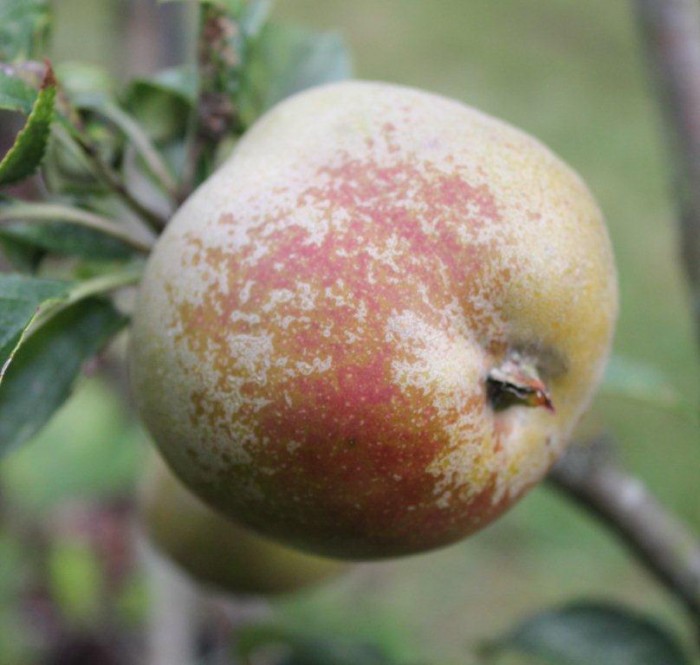
Many gardeners have suffered poor fruit crops this season– especially apples; a complete contrast to last year when the cold winter and warm spring produced bumper yields. Poor cropping was caused primarily by wet weather affecting pollination and cool dull conditions for most of the year and we have and we have no control over that! Alternate bumper years then poor cropping is a regular phenomenon among apples, pears and plums which produce prolifically one year and have a rest the next – cropping heavily is exhausting and they take a year out to recuperate. One way of avoiding this is to thin crops, improving the fruit size and quality. You have fewer, larger fruit but this stops trees from going into a cycle of biennial cropping and barren years. It also allows sunlight to flood among the branches ensuring even ripening and stops branches from breaking due to the excess weight of the crop. There is a natural shedding of fruit, particularly among apples, known as ‘June drop’, you can start thinning after this and finish by mid to late July. Cooking apples should be thinned to 15-23cm (6-9”) or a about a hand span apart; dessert apples and pears every (4-6”). Remove the mis-shapen fruit at the centre of the cluster and any which are damaged or blemished. Plums which are prone to over cropping (particularly ‘Victoria’), should be thinned to be 5-10cm (2-4”) apart; even after thinning, large branches often need staking. The temptation is to ‘cash in’ on good years and not to thin, it somehow goes against a gardeners’ instinct but it is better in the long term if you do. I was fortunate enough to have a reasonable crop of apples because ‘cordon’s do not place huge demands on the plant to produce massive crops, having twenty four different varieties packed into my garden, ensures that there’s plenty of opportunity for pollination. ‘Brownlees Russet’ performs consistently well, (that’s the one in the picture!). It is a sweet, fruity ‘local’ variety, bred only five miles away, which inevitably thrives in these conditions. The other apples which cropped well this year were the West Country varieties of cider apples and Cornish varieties which are later flowering and used to growing in humid and wetter conditions.
The foliage of squashes and pumpkins has now died back – it’s been bad for powdery mildew again this year, so all of the leaves and stems will be disposed of away from the garden, in the green recycling bin. The fruits need drying before storing, so raise them on tiles above the soil and turn the fruit so that all sides are ripened. Leave them in the sun for two or three weeks so the skin hardens, covering them with cloches to prevent frost damage; alternatively cut them and ripen on the greenhouse bench; ripe fruits sound hollow, when they are tapped – they can then be stored in a cool frost free place for eating, or enjoyed at Halloween.
Happy Gardening! Matt










